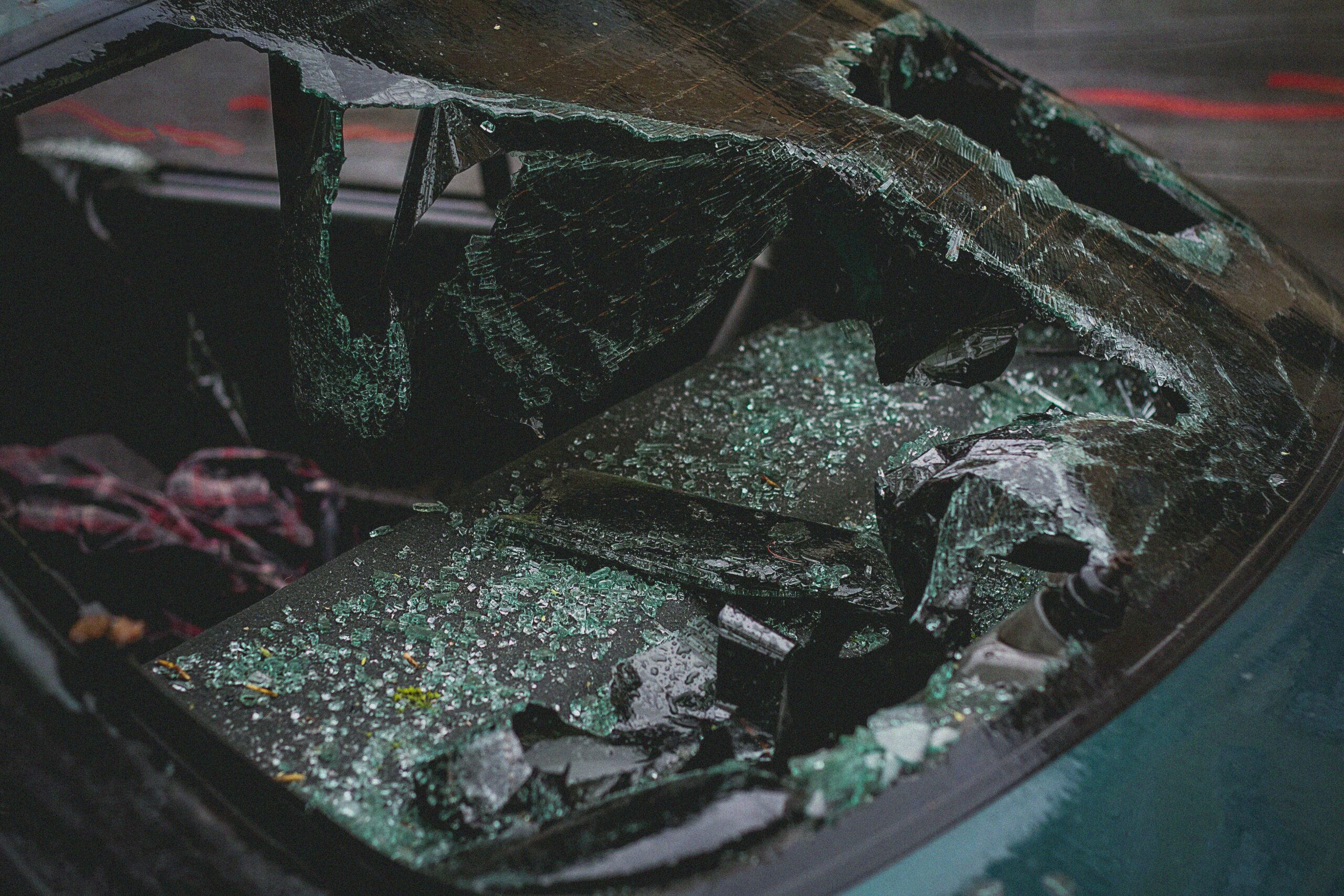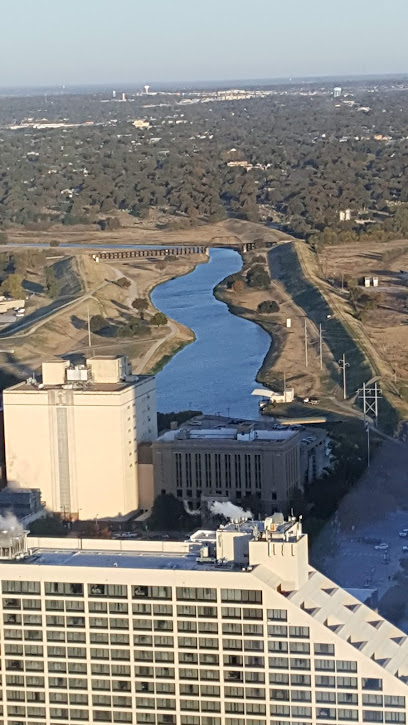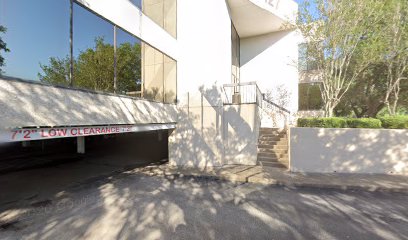For most people, it’s safer to drive during the day simply because visibility is better. And for those who have difficulty driving at night due to poor vision, daytime driving is definitely less dangerous than driving in the dark.
While driving during daylight hours lets us take in the beautiful scenery of our surroundings, when we drive during certain times of day, it can also be dangerous if it’s when we’re driving directly toward the sun.
There are two times of the day that sun glare can be especially dangerous: Just after the sun rises and shortly before the sun sets. During these times, the sun can shine bright and directly into people’s eyes as they’re driving, causing motorists to be practically “blinded” by the sun’s glare. The glare can be so bright and intense that the driver has extreme difficulty seeing the road ahead, let alone pedestrians or other potential hazards.
Sun Glare: Drive With Caution
If you find yourself driving early in the morning or just before the sun sets and you’re being blasted with sun glare, slow down and drive with extra caution. If you’re near a school zone, slow down even more and be very alert of your surroundings.
How do you avoid a traffic accident? Here’s some advice from AAA:
- Buy some polarized sunglasses to reduce the sun’s glare.
- Use your sun visor and even the passenger side visor to block out the sun.
- Slow down and leave more distance between the front of your vehicle and the back of the vehicle in front of you.
- To help other drivers see you better, drive with your headlights on.
- To improve visibility, keep the inside and outside of your windshield clean.
- If your windshield has any pits or cracks, get it fixed or replaced.
- Do not store any papers or other distracting items on your dashboard.
- If you’re having a hard time seeing the road, look at the lane markings to help guide you.
We hope you found this article helpful. If you were involved in a car or pedestrian accident, contact The Zendeh Del Firm, PLLC to file a claim for compensation.








